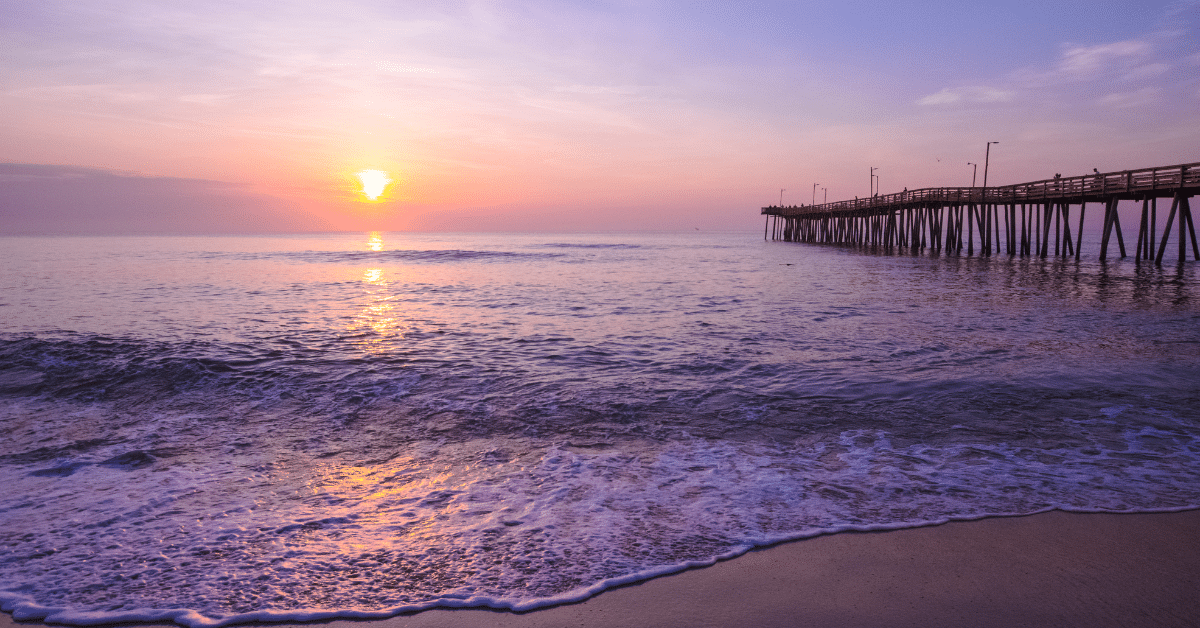
Climate Change in the Commonwealth: Virginia’s Coastal Resilience Crisis
Virginia’s coast is experiencing the fastest rate of sea level rise on the East Coast. Nowhere is this more evident than in Hampton Roads, where frequent flooding, saltwater intrusion, and infrastructure vulnerability have become part of daily life.
Virginia’s coastal areas face a growing crisis due to climate change, primarily driven by sea-level rise and increased storm intensity. The state’s low-lying coastal regions are experiencing one of the highest rates of relative sea-level rise in the US, threatening communities, infrastructure, and ecosystems. Addressing this crisis requires a multi-faceted approach involving enhanced coastal resilience, adaptation measures, and strategic planning.
This crisis is fueled by both climate change and natural land subsidence. As oceans warm and ice melts, rising seas overwhelm drainage systems, flood roads, and threaten homes. In areas like Norfolk, “sunny day” flooding is no longer rare—it’s the new normal.
Communities, scientists, and local governments are working together to plan and adapt. Strategies include building living shorelines that use natural vegetation to reduce erosion, updating stormwater systems, elevating structures, and creating buffer zones. The state’s Coastal Resilience Master Plan provides a roadmap for these efforts.
Despite progress, challenges remain. Many vulnerable communities lack the resources to implement large-scale adaptations. There’s also the complex task of relocating infrastructure and possibly entire neighborhoods in the future. Equitable solutions must consider the needs of underserved populations who are often hit hardest.
Virginia’s coastal resilience is a test case for the nation. If we act boldly—combining science, policy, and community engagement—we can protect people, nature, and heritage from the escalating threats of climate change.